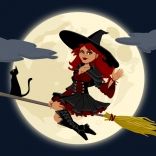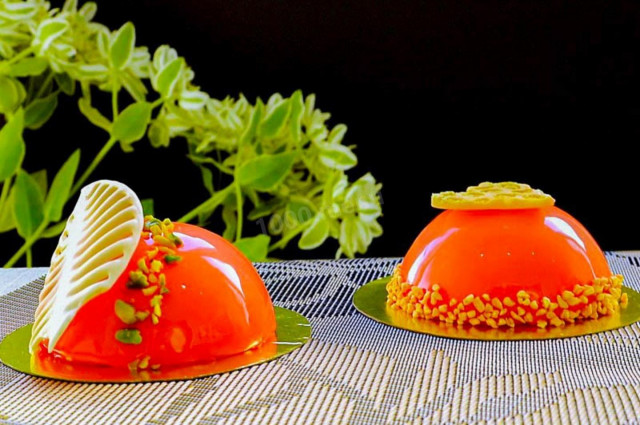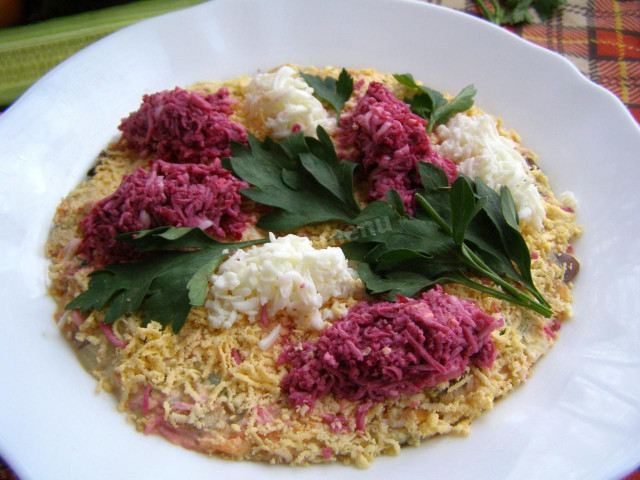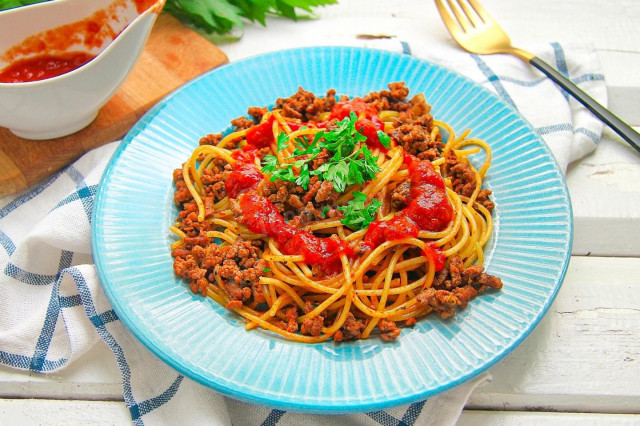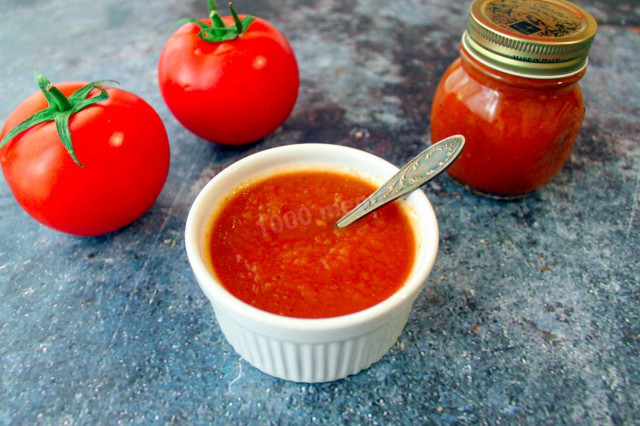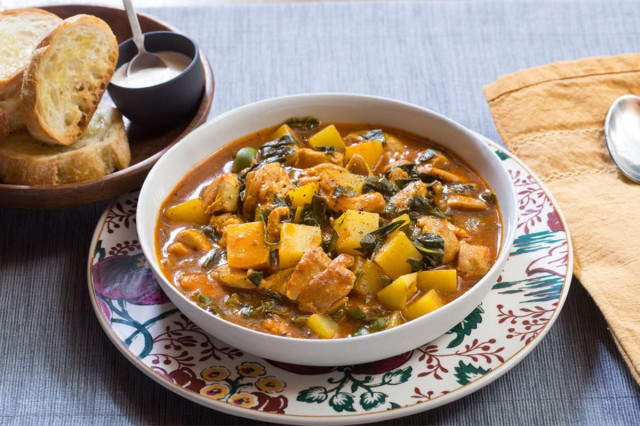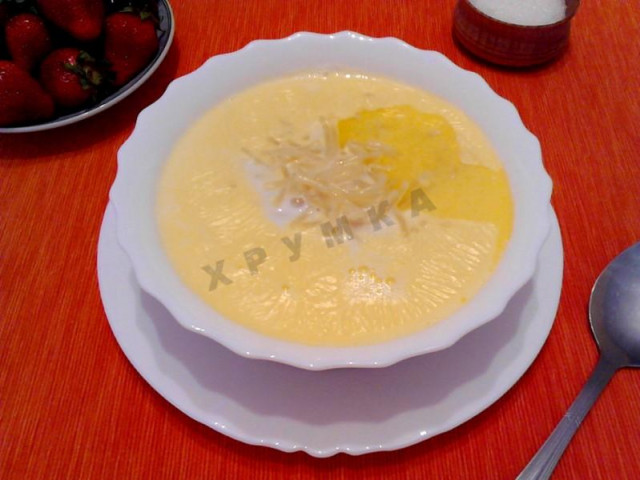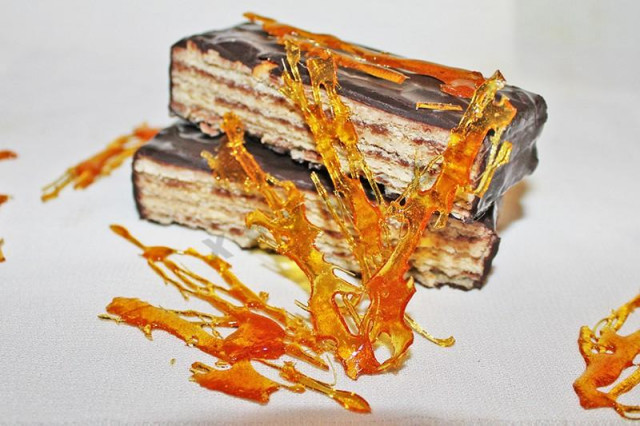Composition / ingredients
Step-by-step cooking
Step 1:
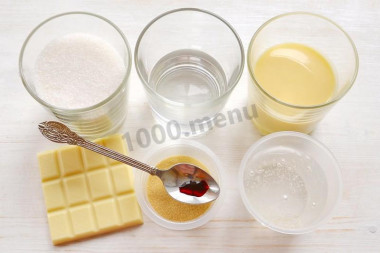
How to make a cake glaze? Prepare the products. Gelatin is suitable for any — leaf or powder. Take filtered water. Choose natural condensed milk, without vegetable additives. The dye is fat-soluble, the color of your choice.
Step 2:
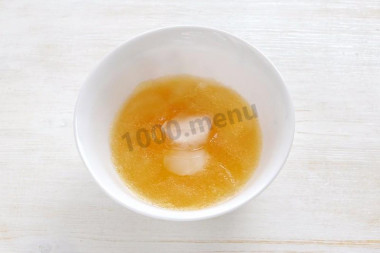
Soak the gelatin in ice water. You can replace some of the water with pieces of ice. Soak the leaf for no more than 7-10 minutes, then take it out and squeeze. If you have powdered gelatin, fill it with ice water, in a ratio of 1:6, that is, 72 g of water will go for 12 g of gelatin. Measure everything on an electronic scale.
Step 3:
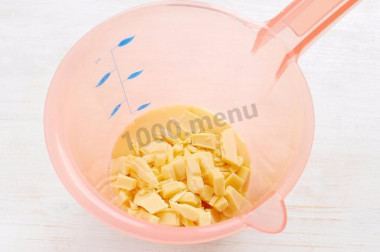
Take a tall jug or glass from an immersion blender, put condensed milk in it, and finely chopped white chocolate on top.
Step 4:
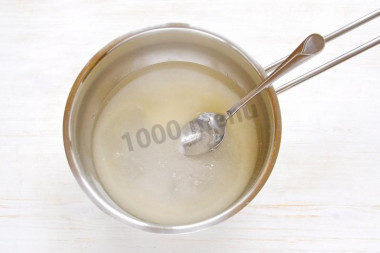
In a saucepan, combine water, sugar and glucose syrup, put on fire and gradually heat the mixture to 40 ° C, until the sugar dissolves. At this point, you do not need to stir the sugar, move the saucepan slightly on the stove, this will help the sugar to dissolve faster.
Step 5:
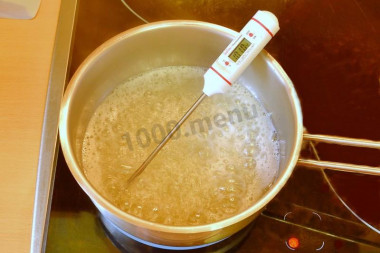
After dissolving the sugar, increase the heat and wait for the mixture to boil. Start measuring the temperature of the syrup with an electronic thermometer. Stirring with a spoon, bring the syrup to a temperature of 103 ° C. At this stage, it is very important to monitor the temperature: if the syrup is not boiled, the glaze will drain from the sides of the cake; digest — the syrup will be very thick, and you will not be able to pour it over the cake.
Step 6:
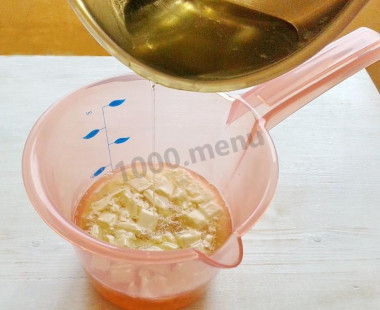
Pour the hot syrup into a jug with condensed milk, the chocolate will begin to melt from this. Measure the temperature of the contents of the jug again.
Step 7:
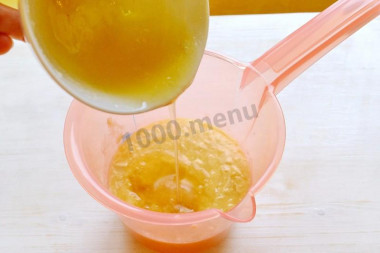
When the temperature reaches 85 ° C, put gelatin there. The swollen powdered gelatin can be pre-melted slightly in the microwave and poured into a jug. Mix everything carefully.
Step 8:
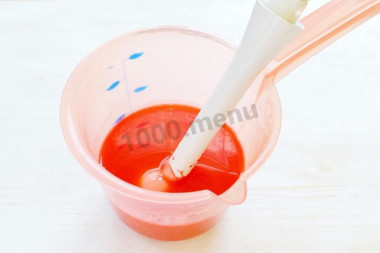
Add a few drops of dye and start punching the mixture with an immersion blender at a slow speed until a homogeneous emulsion is obtained. Hold the blender nozzle at an angle of 45 degrees — thereby you will avoid the formation of bubbles that go into the resulting funnel.
Step 9:
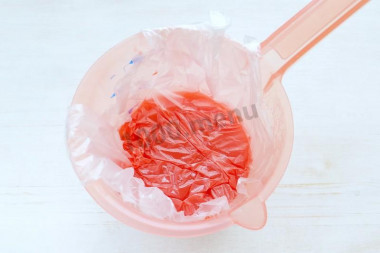
If bubbles do form, strain the glassage into another jug through a sieve. Cover it with cling film in contact and put it in the refrigerator for 12-24 hours to mature and stabilize.
Step 10:
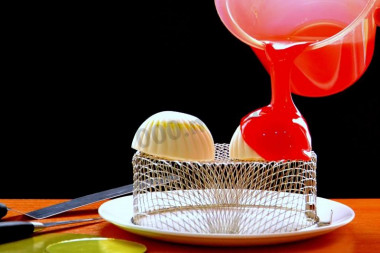
After a day, remove the glass from the refrigerator and bring it to a working temperature of 30-35 ° C in a microwave oven. You can pour it over well-frozen mousse cakes or pastries that have a perfectly smooth surface.
Step 11:
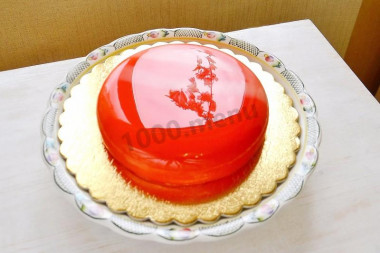
The glassage is made perfectly if the objects standing next to it are reflected in it as in a mirror. Beautiful desserts for you!
Choose high-quality, proven condensed milk. Without vegetable fats and food additives. The composition should contain only two ingredients: milk and sugar. As a result, the taste and quality of the finished dish will depend on the quality of condensed milk.
Why gelatin hardens badly, how to avoid unpleasant gelatin lumps in the dish, as well as all the secrets and subtleties of cooking read in the article about gelatin .
For cooking, it is better to use filtered or bottled water that is neutral to taste. If you use tap water, keep in mind that it can give the dish an unpleasant characteristic taste.
Calorie content of the products possible in the dish
- Granulated sugar - 398 kcal/100g
- Sugar - 398 kcal/100g
- Condensed milk with sugar - 324 kcal/100g
- Gelatin - 355 kcal/100g
- Water - 0 kcal/100g
- White chocolate - 554 kcal/100g
- Food coloring - 0 kcal/100g
- Invert syrup - 400 kcal/100g
